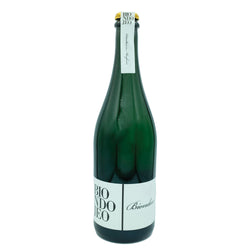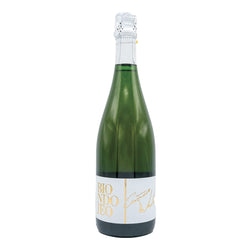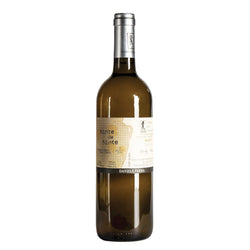You have no items in your shopping cart.
-
Vino
Vino
- Tipologie Tipologie
- Regioni Italiane
Regioni Italiane
- Abruzzo Abruzzo
- Calabria Calabria
- Campania Campania
- Emilia romagna Emilia romagna
- Friuli-venezia giulia Friuli-venezia giulia
- Lazio Lazio
- Liguria Liguria
- Lombardia Lombardia
- Piemonte Piemonte
- Puglia Puglia
- Sardegna Sardegna
- Sicilia Sicilia
- Toscana Toscana
- Trentino alto adige Trentino alto adige
- Umbria Umbria
- Valle d'aosta Valle d'aosta
- Veneto Veneto
- Estero Estero
- Vini in Offerta Vini in Offerta
- Spedizioni Spedizioni
- Brutte ma Buone Brutte ma Buone
- Wine Box Wine Box
item(s)
You have no items in your shopping cart.





